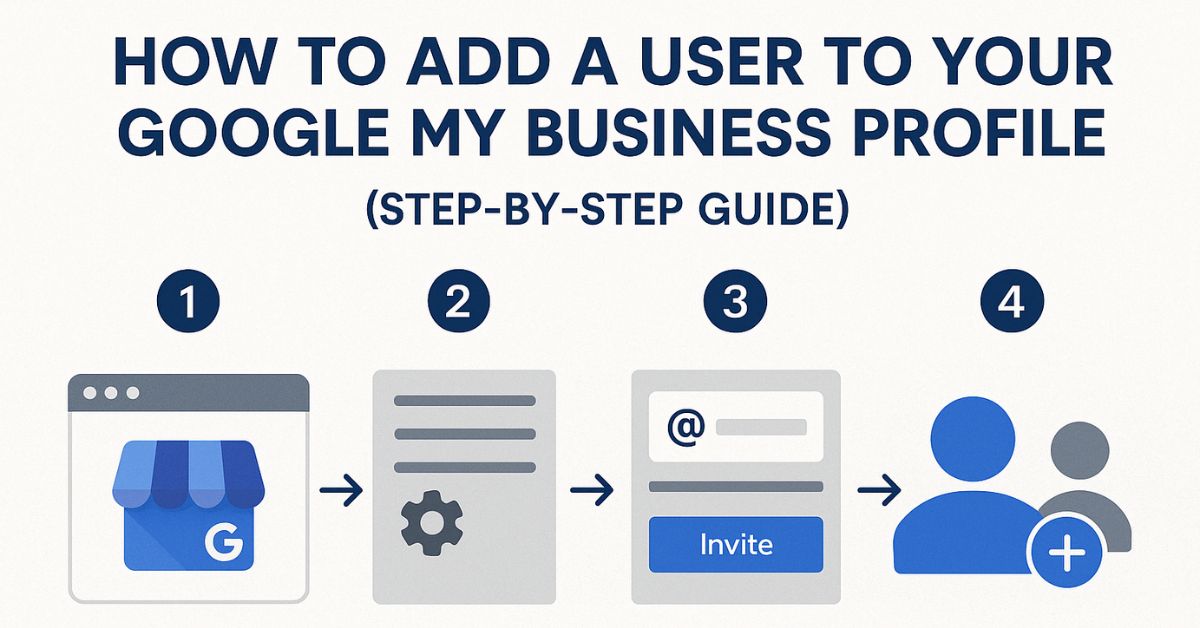
In a recent announcement, Google has revealed that its Search Console will now detect issues related to the In-Page (INP) Core Web Vitals, identifying potential performance problems that may affect website user experience and search rankings. This update is part of Google’s ongoing commitment to improving web browsing experiences and prioritizing websites that offer seamless interactions.

Core Web Vitals are specific metrics that measure key aspects of website performance and user experience, including Largest Contentful Paint (LCP), First Input Delay (FID), and Cumulative Layout Shift (CLS). With the new implementation in Search Console, website owners and developers will receive alerts and notifications when their web pages do not meet the recommended thresholds for Core Web Vitals. This proactive approach allows them to identify and rectify performance issues that might hinder user engagement and lead to potential drops in search rankings.

The update introduces a new metric called Interaction to Next Paint (INP), which assesses a page’s overall responsiveness to user interactions. INP considers the latency of all click, tap, and keyboard interactions occurring after the first user input. It replaces FID as a Core Web Vitals metric starting in March 2024 and offers a more comprehensive evaluation of web performance by considering the overall interactivity of a website.
To prepare for the INP change, website owners can start measuring INP scores today using tools like Lighthouse or WebPageTest. A low INP score indicates a responsive website, leading to better user experiences, increased engagement, and higher conversion rates. Google Search Console will begin including INP in the Core Web Vitals report later this year, allowing website owners to monitor their new INP scores. In March 2024, FID metrics will be replaced by INP in the Search Console report.
Website owners can optimize their website’s interactivity by addressing delays and interactivity issues to improve INP performance. Additionally, using field data from Real User Monitoring (RUM) can provide contextual data highlighting the specific interaction responsible for the INP value itself.
Google’s emphasis on Core Web Vitals and the introduction of INP in the Search Console demonstrate its commitment to prioritizing user-centric web experiences in search rankings. Websites offering smoother, faster, and more stable experiences are likely to rank higher, providing users with relevant and easily accessible content across various devices.
The proactive alerts provided by the Search Console’s new implementation enable website administrators to monitor performance fluctuations and identify potential issues more efficiently. Real-time monitoring helps site owners stay ahead of problems and respond promptly to maintain optimal user experiences.
Moreover, the focus on Core Web Vitals has broader implications for the web ecosystem. As more websites prioritize user experience and page performance, users will enjoy faster, more responsive browsing across the internet.
However, while INP Core Web Vitals are essential, Google remains transparent about considering multiple factors in its ranking algorithms. Content relevance and expertise continue to play a pivotal role in determining search rankings alongside user experience metrics.
In conclusion, Google’s Search Console update to flag INP Core Web Vitals issues represents a significant step towards fostering a user-centric web experience. By alerting website owners to performance concerns, Google aims to encourage improvements that will ultimately benefit both website owners and internet users alike, creating a more efficient and enjoyable browsing experience for all. The introduction of INP as a replacement for FID in March 2024 highlights Google’s commitment to evolving web performance metrics for a better digital landscape. Website owners and developers should proactively embrace these changes to enhance user experience, engagement, and search engine rankings.





